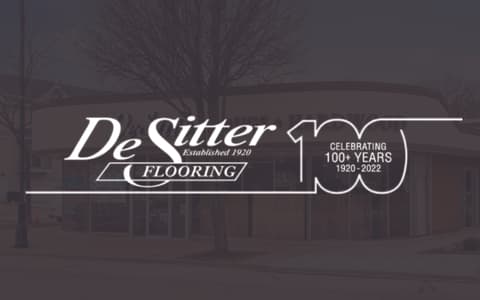Flooring software that runs your flooring business
Drive more leads, streamline your operations, and generate higher profits with the #1 platform in the flooring industry.

Trusted by 4,000+ flooring retailers

Industry News
Broadlume is now a Cyncly Company
Meet Cyncly Flooring and see why we're excited for the future.
Build a better flooring business with our flooring software
See how our all-in-one flooring platform can help you generate more business, improve operations & increase profits.


WEBSITES
Websites that grow revenue
We create websites that are proven to generate more leads. And with targeted digital marketing strategies pointing customers to your website, you'll turn more of those leads into closed sales in no time.


FLOORING SOFTWARE
Software tools that streamline operations
From accounting services to inventory management, our flooring management software is fully integrated to help you streamline your business. That means you'll spend less time juggling software, and more time doing what you love.


RETAIL SELLING SYSTEM
Programs that maximize profits
The future of flooring retail should be built around a complete online-to-offline floor buying experience. That’s why we built our Retail Selling System around the way that customers actually shop for flooring.
Broadlume by the numbers
4,000+ RETAILERS
300+ MANUFACTURERS
200+ PASSIONATE EMPLOYEES
Unlock your store's full potential
We've helped thousands of retailers simplify their business and sell more floors.
Schedule a demo, and see why Broadlume is the most trusted technology provider in the flooring industry.



